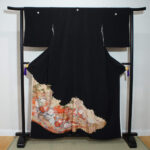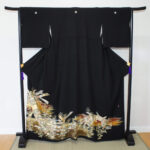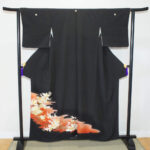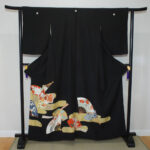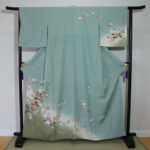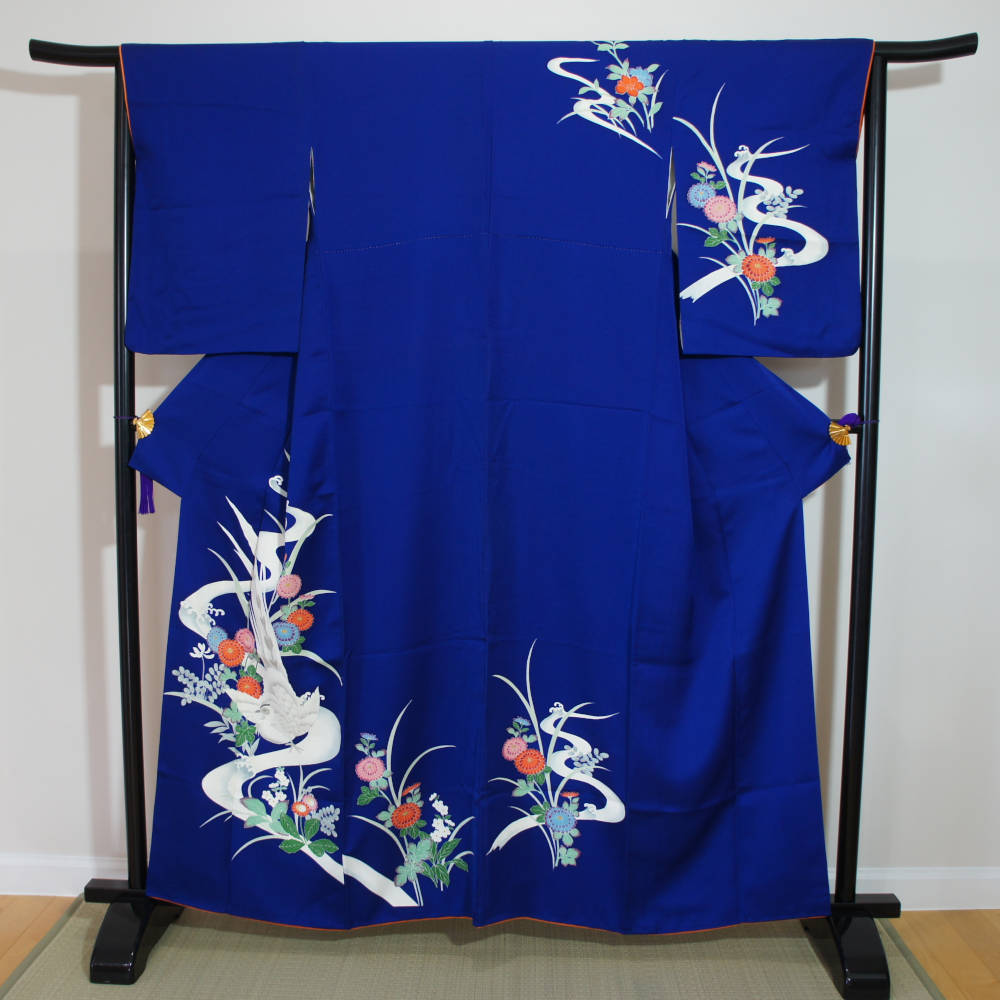Tomesode
Tomesode is a popular choice for those embracing traditional Japanese kimono fashion.
Tie sleeves are decorative bands of fabric that cinch the cuffs of a kimono. They elegantly gather the sleeves, allowing for ease of movement while adding a touch of sophistication. Available in various materials, colors, patterns, and lengths, they are chosen to complement the season and design of the kimono.
Here is the translation of the provided information into English:
1. History:
The “tomesode” originated in the Nara period (around the 8th century) and became widespread during the Heian period. Initially used among nobility and aristocrats, it became common among the general populace during the Edo period. Tomesode not only embellished attire but also served the practical function of securing the sleeves.
2. Materials:
Tomesode were crafted from various materials such as metals, ivory, bone, lacquer, ceramics, and shells. Luxurious tomesode worn by nobility often featured precious metals and gemstones. Conversely, common tomesode were typically made from more accessible materials like wood or lacquer.
3. Usage:
Tomesode not only fasten the sleeves of a kimono but also serve as significant accessories to enhance the overall appearance of traditional Japanese attire. They are inserted into the sleeves of the kimono or tied with cords or strings to neatly secure the sleeves. Tomekoshi are chosen to complement the season, pattern, or color of the kimono, playing a vital role in coordinating kimono ensembles.
Tomesode come in traditional as well as contemporary designs and materials, adding flair to the kimono ensemble and remaining a popular accessory choice for those embracing traditional Japanese fashion.
Showing all 7 results
